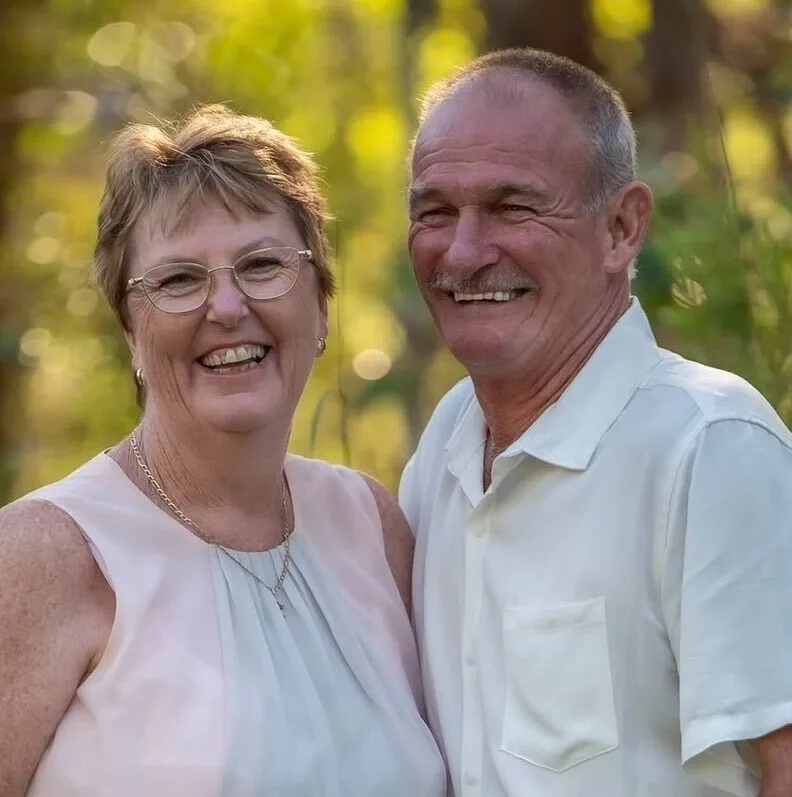Thousands of people compare with Finder every month
4.7 average rating from 812 reviews






We currently don't have that product, but here are others to consider:
How we picked theseWe crunch eligible home insurance products in Australia to see how they stack up. We rank over 50 products on 16 different features, including price. We end up with a single score out of 10 that helps you compare home insurance a bit faster. We assess home and contents, building only and contents only products individually.
Your home is likely to be the most expensive thing you own, so it's worth protecting. Home and contents insurance aims to do just that. It's a type of insurance that protects the physical structure of your house and your personal belongings inside.
If your home gets damaged by fire, flood, burst pipes or a storm, home insurance helps cover the cost.. Here's a little bit about what it can cover:
If any of these events occur (plus some others), then you can be compensated for both the expense to repair your home and the expenses you incur while having to live outside of your home.
Home and contents insurance aims to ease the financial burden of sudden, major home repairs that can leave Aussies extremely out of pocket. It's also incredibly convenient when you're under stress and need to get on top of repairs ASAP.
There are four main types of home insurance:

Building insurance
This is straight up home insurance. It includes cover for the home, so the actual building, only. These policies are ideal for landlords who want to protect their investment while it's rented out.

Contents insurance
This insures the belongings inside your home, like your TV or oven. Contents-only insurance is ideal for renters who only need to cover their items within the home.

Home and contents insurance
As the name implies, this is a combination of the two. This means your home building and your contents are insured, ideal for home owners.

Landlord insurance
This can include building insurance and/or contents insurance, based on what you need as a landlord. It's designed to protect your investment home while others are renting it.
Every Aussie wants the best home and contents insurance policy for their home. But the truth is, everyone's idea of "best" looks different. For some, the best policy is an affordable one, for others, it's a policy with comprehensive coverage.
While we can't tell you exactly which policies are the best for your circumstance, we can give you a fantastic starting point. Every year, Finder rounds up some of the best home and contents insurance policies for our annual Finder Awards. We do this to help you find some of the top notch policies in the market.
Our judge analysed 52 policies from 31 providers and compiled a list of the policies they believed were worth a look. If you would like to find out who took out the top spots for this year, head on over to our home insurance Finder Awards page.
Home insurance premiums are getting more and more expensive so it's critical to ensure you're not paying more than you need to. Here's a few tips to get your home insurance bill down a bit lower:

"When my husband and I turned 60 and became semi-retired, we wanted to put a stop to unnecessary bills so we could spend time enjoying our retirement. When we received our home insurance renewal bill (from a company we'd been with for 5 years), I was blown away to learn that they were increasing my premium by a whopping 60%. I compared my options and ended up going with another provider. Even with added benefits, we still saved over $700 a year by switching!"
A home and contents insurance policy combines two types of cover into one package so you're protected financially if your house or belongings are damaged, destroyed or lost.
Building cover protects the physical structure of your home while contents cover protects the things you own inside the home that aren't permanently attached, like furniture, clothes, electronics tools, and personal items. Some policies also offer portable contents cover for belongings you take outside the home, such as laptops, phones and bicycles.
Most policies will outline a list of insured events, such as fire, storm, theft or burst pipes and may offer optional benefits like accidental damage cover or legal liability coverage if someone is injured on your property.
In practical terms, a typical policy will specify:
Every home and contents insurance policy also comes with a Product Disclosure Statement (PDS). Insurers must have this listed on their site before you purchase a policy.
A PDS outlines exactly what is and isn't covered and contains other important information about your policy. It's important to read this document before taking out a policy, so you're completely across the ins and outs of your policy.






Compare home insurance in under a minute
Whether you're switching or taking out a policy for your brand new home, there are a few things to keep in mind when shopping around for home and contents insurance. Remember, think beyond price and focus on getting cover that matches your needs. Here are the key areas to compare:
Make sure the policy includes cover for both your home structure and your contents, or choose a bundled home and contents policy if you want both in one. If you're renting, you'll mainly need contents cover, while building cover is essential if you own your home.
Work out how much it would cost to rebuild your home and replace your belongings at today's prices. Underinsuring can leave you out of pocket after a claim. Some policies offer 'new for old' cover, replacing items at today's cost rather than depreciated value.
Check exactly which events are covered and what's excluded. Standard events typically include fire, theft and storms, but some risks like flood or accidental damage may be optional extras. Make sure what matters to you is included.
Your excess is what you pay each time you make a claim, while your premium is what you pay on an annual or monthly basis to maintain your premium. Choosing a higher excess can lower your premium, but make sure you can afford it. Compare quotes from multiple insurers to find the best balance.
Consider whether you need extras like portable contents cover, accidental damage protection or legal liability cover. Some insurers also provide temporary accommodation cover if your home becomes uninhabitable after an insured event.
Most policies set limits on certain types of items, like jewellery or artwork. If you would like specific coverage for these items, you may be able to list them separately as specified items to be fully covered.
Find out how many house break-ins happen in Australia each year, why the numbers are rising and what it means for your home insurance.
How home insurance can cover you for food spoilage and save you hundreds on wasted food.
Shed insurance can cover sheds of all shapes and sizes, as well as their often-valuable contents.
A home insurance calculator can give you a rough estimate on the value of your home and contents. But is that what you really want? Find out how to not underinsure or overinsure your home.
Find out how home insurance can cover water damage and how to avoid some of the pitfalls.
Cancelling your home insurance is actually quite simple and you can do it at any time.
Landlord insurance offers much more than just home insurance because it also protects your property as a business.
Coles Home Insurance is convenient and generous with its rewards. Just don’t forget to read the fine print.
With a variety of insurance options to protect your mobile phone, here's what you need to know.
Compare the home insurance policies available from Real Insurance.
Gooday !
We are looking for an Insurer who can Insure this house we are purchasing . It is a 1938 home with a Heritage overlay .
Regards
Pauline
Hi Pauline, You can use our main home insurance comparison to compare available options.
Hi just need an insurance for house and content can’t find a company that will because I work from home do you know any company that are more flexible on that subject
Regards Tarcy
Hi Tracy, if you work from home under an employer and have a home office, you should be able to find a standard home and contents insurance. However, if you carry out more complicated business operations or have an ABN listed under your home address, you may need a different kind of policy – one that includes add-ons for equipment, stock or liability. Depending on your line of work, you may need a business policy. Hope this helps and good luck!
Ceyda
Hi,
I’m renting on a house and want to start a home baking business and register the kitchen on Council.
And landlord wants to find a landlord insurance that cover this.
Please help me to find a insurance company that fulfilling my incident.
Thank you
Hi Ish, the responsibility for comparing and purchasing landlord insurance should fall on your landlord, as they will be responsible for paying the premium. Our landlord insurance page has a list of policies available to compare and purchase. As for registering the kitchen to the Council, if your landlord approves of the kitchen being used as a food business, they may also need to seek approval as they own the property. Hope this helps.
Ceyda
My house is relocated home approved by the council but have not certified by the certifier yet ( house certificate after removing). Can I buy home insurance and get compensation if it burnt down by accident?
Hi Don,
Most mainstream home insurers will not provide full coverage for a house that has been relocated, has not yet been certified, and is not fully signed off as a completed dwelling, as it is considered igh risk, since it’s not legally certified for occupancy yet. Some insurers or brokers may offer cover known as owner-builder insurance, relocated home insurance or construction/renovation insurance, so that might be worth exploring. Hope this helps!
I am looking for an insurance company which has landlord building and content insurance for a residential property with business Tennant (NDIS provider)
Hi Andy, given it’s a residential property but has a business tenant, it’s hard to say if you’ll need residential landlord insurance or commercial landlord insurance. I’d suggest calling a residential landlord insurer first and asking them about how they insure residential properties with business tenants. If you’re told that you can’t get insurance from them, I’d suggest looking into a commercial landlord policy instead. You might also find it easier to go through a broker.